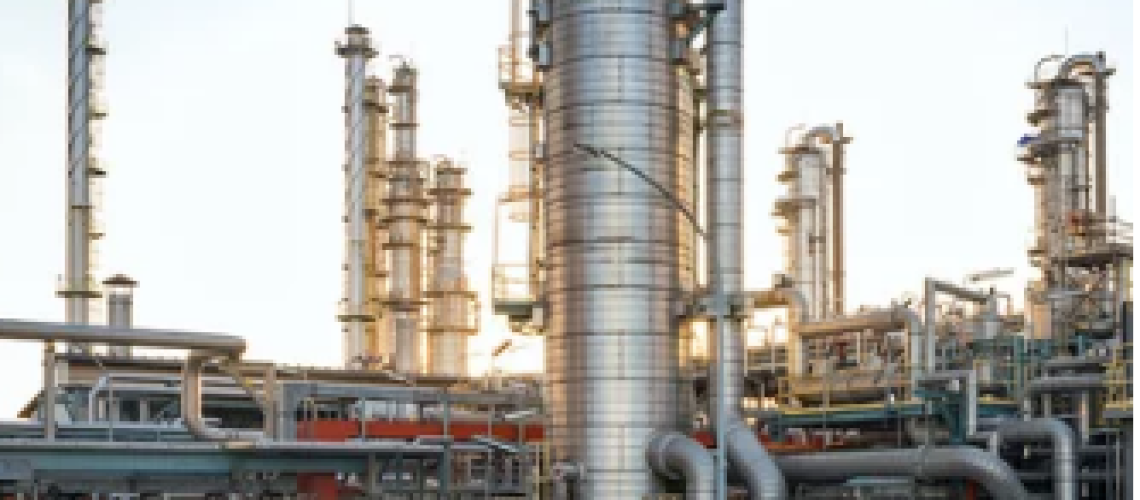Safety of Flexible Hose Pipes
Flexible hose pipes have a wide range of applications in the oil refining and chemicals manufacturing industries. They are designed to meet some specific needs adhering to the highest industry standards and using the approved material. Flexible hoses are used for draining, flushing, or purging the chemical process system. Further, usually, these hose pipes are utilized for Nitrogen, air, water, steam, and hazardous process fluids. Injuries can occur when these hoses leak and release pressurized hot, cold, or dangerous chemicals. Leaks can put plant personnel in unsafe situations, inflate operating costs, contribute to fugitive emissions, and adversely affect the environment
Hazards and risks associated with the use of flexible hoses are described below;
- High-pressure flexible hoses when broken can cause serious injuries. The injury can be caused by the whipping hose itself, blowing debris, splashing hot streams, or the release of potentially dangerous gas or liquid.
- The sudden release of pressurized fluid may hit the person causing a potential injury or burning due to hot fluid etc.
- The leading cause of hose failure is probably its misuse i.e. use of damaged pipe or not designed for the specific service. Before use, perform an inspection of the physical condition of torn outer jacket, damaged inner reinforcing, spots, or wear of the outer surface.
- Use the hose pipe for the service for which it was designed according to the pressure and temperature rating.
- Improper couplings, seals, and the unavailability of whip-check safety wires can leak dangerous fluids and splash over the workers.
- Sharp bends in the hose may damage the hose or leakage of the process fluid from fittings. Before taking in service remove the bends.
- A whipping hose is very dangerous and can be stopped by fixing the hose with some metallic wire, a rope or clamps, etc.
- If the hose pipe breaks or the fitting gets open then never try to take hold of it and restore the flow. Clear the area and isolate it from the source.
- Don’t put the hoses haphazardly in the area because it is a tripping hazard and remove them immediately after use.
Guidelines for Safe Use of Hose Pipes
Poorly designed and misapplied hoses for chemical services are workplace hazards. Flexible hose pipes can burst, leak disrupting the desired service, causing costly downtime, waste of chemicals, and creating hazardous situations. Blown-off ends can injure and even kill the workers. These problems do not occur very often, but when they happen, someone has to pay. Following are some, general guidelines for the safe use of hose pipes in the process industry;
- The first and most important point is the selection of a hose pipe for the right service. It is always necessary to know the conditions and application concerning the intended service of any particular hose. Hoses should only be used for the service and conditions for which they are designed. e.g. for acid service, if we use a plant water hose, then it may leak the hose pipe during use.
- Only use the hose assembly for the service marked on the hose or for those services recommended by its manufacturer.
- Before use analyze the operating conditions (temperature, pressure, chemical concentration, etc.) of the chemical process system and use if are compatible with the hose specifications.
- Avoid from mix and match approach for the couplings and other accessories of the hose pipe system. Sometimes, the hose pipes assembly may contain a hose from here, a coupling from there, and a clamp from somewhere else, all put together creating an unsafe situation.
- Always use a type of coupling made from material suitable for the application. Damaged coupling or coupling parts, and cracked or badly corroded couplings should not be used. Other signs of significant deterioration, loose, missing, or damaged bands, clamps, shields, or guards are dangerous during use.
- For hazardous chemicals like Ammonia, Chlorine, DMDS, etc. the metal hose pipes along with couplings should be tested with water, air, or nitrogen for any leakage and get rectified.
- Before use, inspect the physical condition of the hose for any indications that make its use unsafe. It should be healthy and free from any damage, cuts, abrasion, tearing of the outer layer, damaged inner reinforcing, coupling defects, etc. Further, establish a flexible hose inspection program on at least a monthly basis to ensure that defective hoses have been removed from the site.
- Properly lay down the hose pipe. It should be free from any unnecessary bends and external load or twist. Further, the pipe should not touch any sharp edges, hot surfaces, and heavyweights that may damage the pipe.
- Employees using a hose for chemical service should always wear appropriate PPE to protect themselves against accidental spills and splashing, as recommended by the safety data sheet of the specific chemical. Some examples of PPE are safety clothing, hard hats, eye protection, protective wear, boots, gloves, or other safety protection as dictated by operating conditions.
- In case, if more than one hose pipe is required then ensure proper coupling for inter-connection of hose pipes and tightness with whip checks, r-clips, or any other standard control measures.
- After the use, flush the pipe with water to remove any hydrocarbon and other chemicals and store them at their designated place. Exposure to sunlight and high temperatures may damage the pipes.
- If the hose pipes are crossing the road, then close the road or cover the pipe with a proper metallic cover that can bear the vehicle’s weight.
For further details and discussion, please comment in the box below or contact admin@





